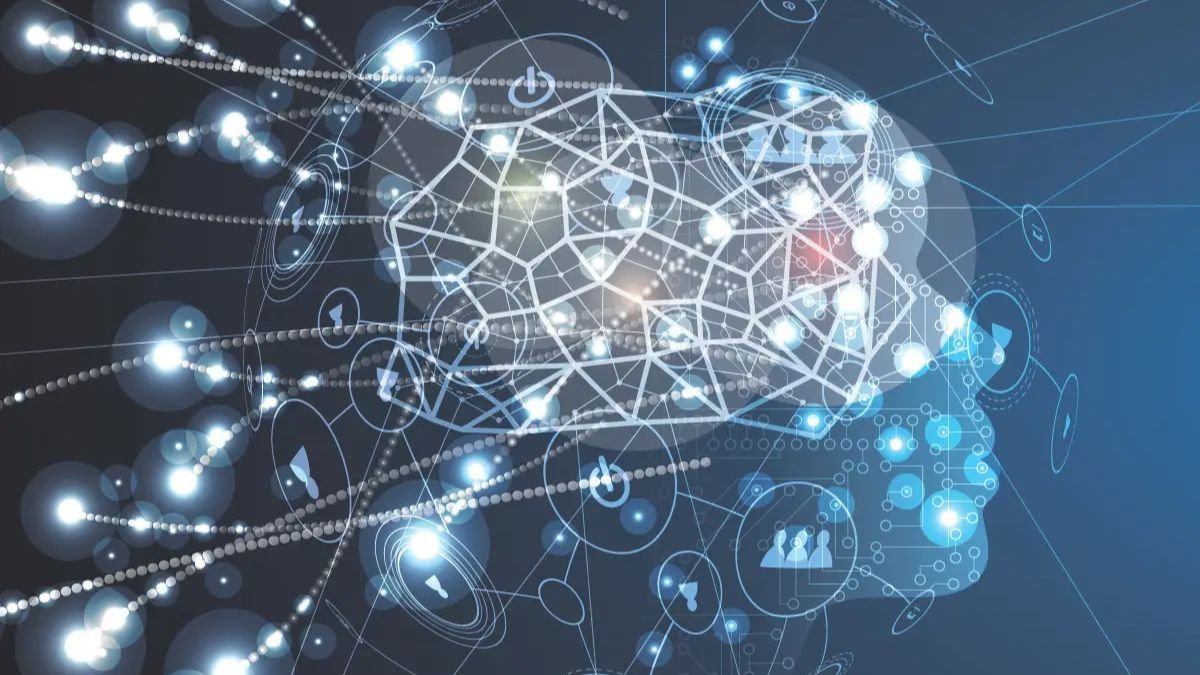Addressing Security Threats In Generative AI: The Role Of Cybersecurity

In the realm of rapid advancements in Generative Artificial Intelligence (AI), the potential for innovation knows no bounds. However, alongside this creative prowess comes a pressing concern: the security threats accompanying this transformative technology. The World Economic Forum’s Global Risks Report has highlighted cyberattacks as one of society’s most critical challenges. As Generative AI integrates further into daily lives and essential industries, these risks intensify, demanding robust cybersecurity measures to mitigate them.
The Landscape of Security Challenges
The emergence of generative AI brings forth significant security threats that require immediate attention to protect individuals, organizations, and society as a whole. These threats encompass:
Data Poisoning
Attackers manipulate training data to inject malicious patterns into AI models, leading to biased or misleading outcomes.
Adversarial Attacks
Generative AI models are susceptible to adversarial attacks, where malicious actors manipulate inputs to deceive the system, even making imperceptible changes to images to cause misclassification.
Intellectual Property Theft
The valuable intellectual property and proprietary models of generative AI face potential theft or reverse engineering by cybercriminals, risking financial losses and competitive disadvantage.
Deepfakes and Misinformation
Generative AI enables the creation of convincing deep fake content, including videos and audio, posing challenges to media authenticity and public trust.
Bolstering Cybersecurity Measures
To counter these emerging threats, robust cybersecurity measures must be woven into the world of generative AI. Key cybersecurity aspects that help mitigate these risks include:
Secure Data Management
Guarding training data from unauthorized access and ensuring its integrity are pivotal in mitigating data poisoning risks. Utilizing encryption, access controls, and secure data storage solutions can protect sensitive data used for generative AI models.
Adversarial Defense Mechanisms
Implementing techniques like adversarial training and robust model architectures enhances the resilience of generative AI models against adversarial attacks. These mechanisms empower models to identify and reject manipulated inputs, thereby reducing the impact of such attacks.
Intellectual Property Protection

Organizations must enact measures to secure their generative AI models, including encryption, obfuscation, and secure model deployment. This shields against unauthorized access and theft, preserving proprietary technology.
Verification and Authentication
Developing reliable methods to detect deepfakes and authenticate generated content is paramount in combatting misinformation. Techniques like digital watermarks and content verification algorithms aid in identifying manipulated media, fostering trust and authenticity.
Generative AI promises transformative innovation across industries, but it brings forth security challenges that demand proactive solutions. Effective cybersecurity measures, encompassing data protection, adversarial defense, intellectual property safeguarding, and content verification, are essential to curb threats and ensure responsible and secure use. As technology evolves, prioritizing cybersecurity becomes imperative for the greater benefit of society.
The Hindustan Herald Is Your Source For The Latest In Business, Entertainment, Lifestyle, Breaking News, And Other News. Please Follow Us On Facebook, Instagram, Twitter, And LinkedIn To Receive Instantaneous Updates. Also Don’t Forget To Subscribe Our Telegram Channel @hindustanherald








